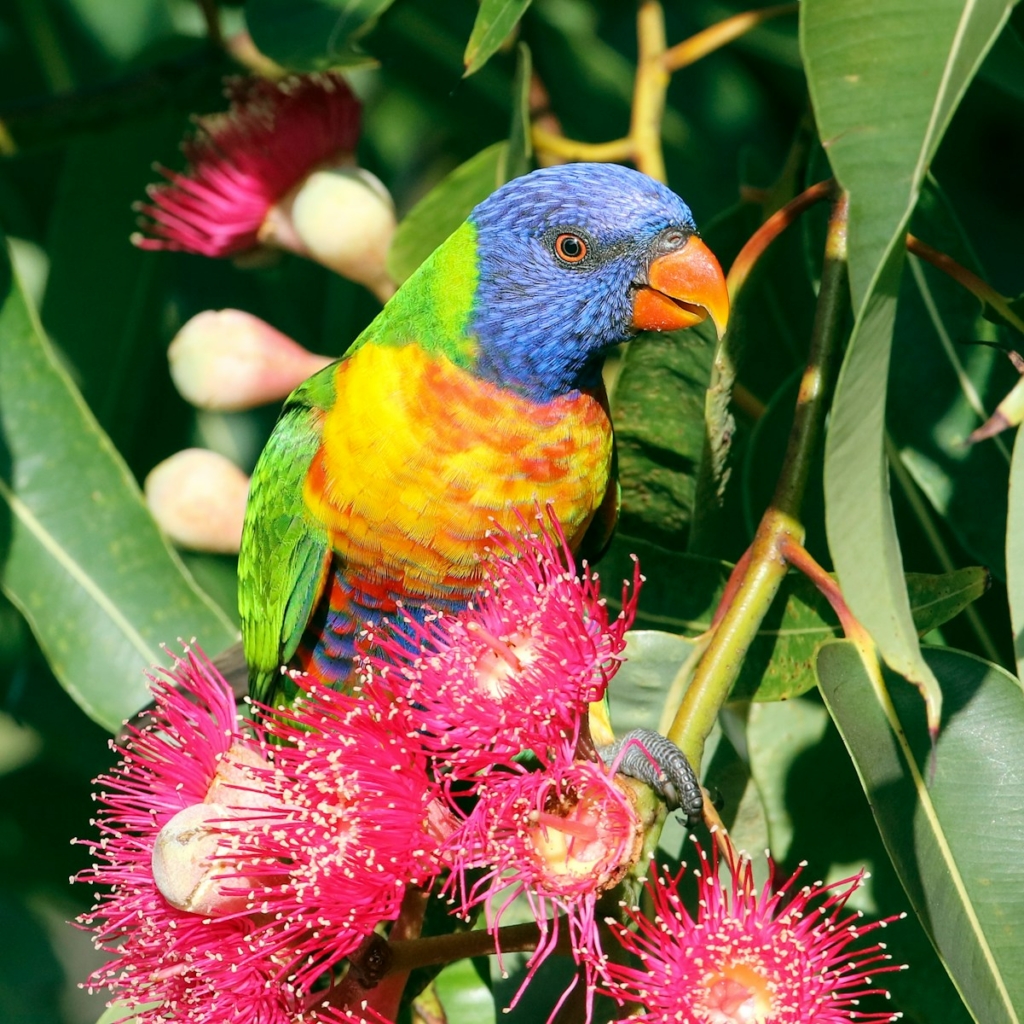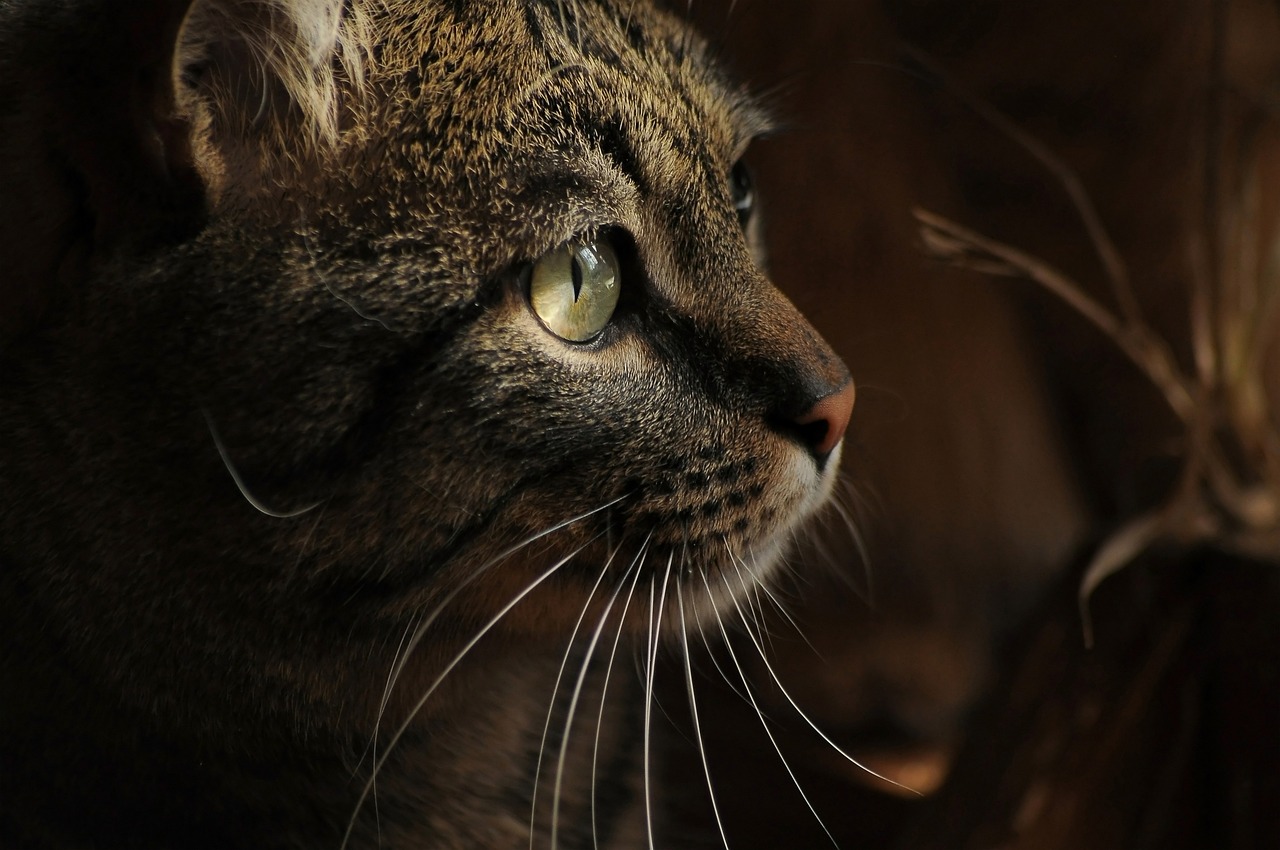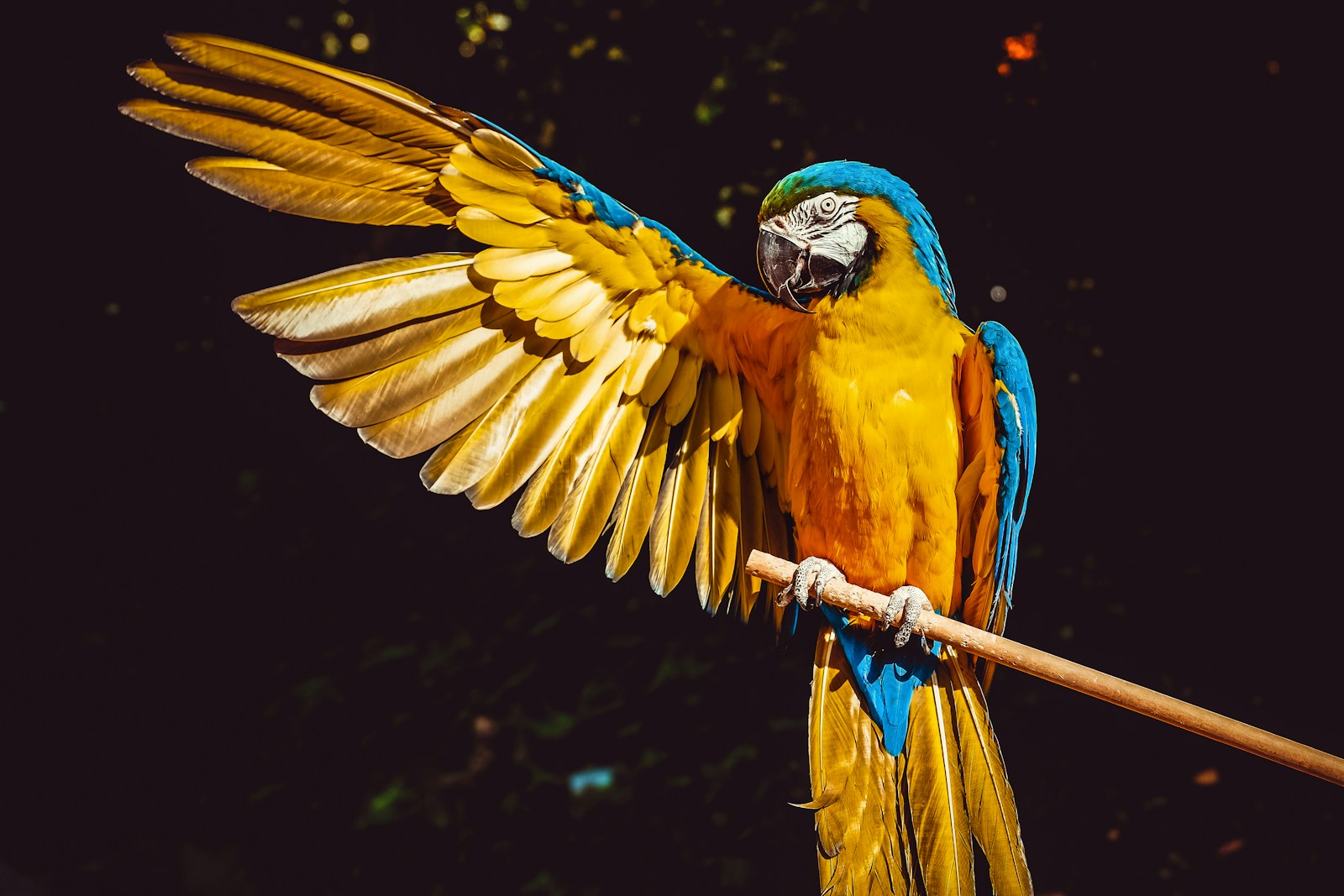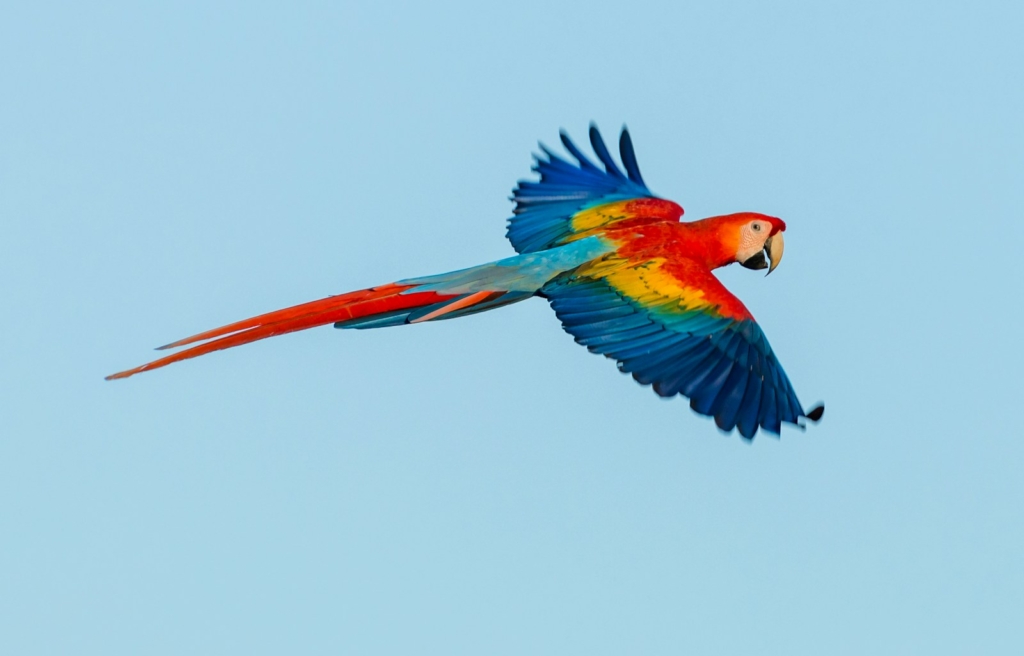
Meet your hosts: Laura Doering and Dr. Stephanie Lamb
The post Webinar: Species Spotlight: Peruvian Parrots With Dr. Lamb – Pet Birds by Lafeber Co. is an exciting event you don’t want to miss! Learning about parrots in nature can help us care for our pet birds better.
First, let’s meet your hosts. Laura Doering is the former editor of Bird Talk magazine and Birds USA magazine. She knows a lot about pet birds and bird care. Imagine having a friend who shares cool parrot facts all the time—that’s Laura!
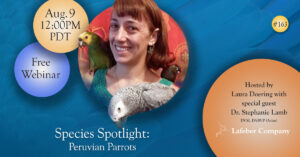
Laura will be joined by Dr. Stephanie Lamb, a veterinarian with special expertise in avian practice. She’s like a bird doctor who knows how to keep our feathered friends healthy and happy. Dr. Lamb will share her experiences from a trip to Peru, where she saw 14 different parrot species. How awesome is that?
“Seeing parrots in the wild gives us a real sense of their needs and behaviors, which is crucial for better pet care,” says Dr. Lamb.
So, why does this matter? Because observing parrots in their natural environment can teach us a lot about their needs. We’ll learn about their diet, behaviors, and how they find food. This information can help us create a better life for our pet birds.
Feel curious yet? That’s the spirit! If you’re a bird lover or just curious about parrots, this webinar will be both fun and informative. You’ll learn something new and exciting about parrots in their natural habitat.
Remember, this is a free, live event that you can join online. Make sure to register now to secure your spot. You won’t just learn facts; you’ll get stories, pictures, and insights from the experts!
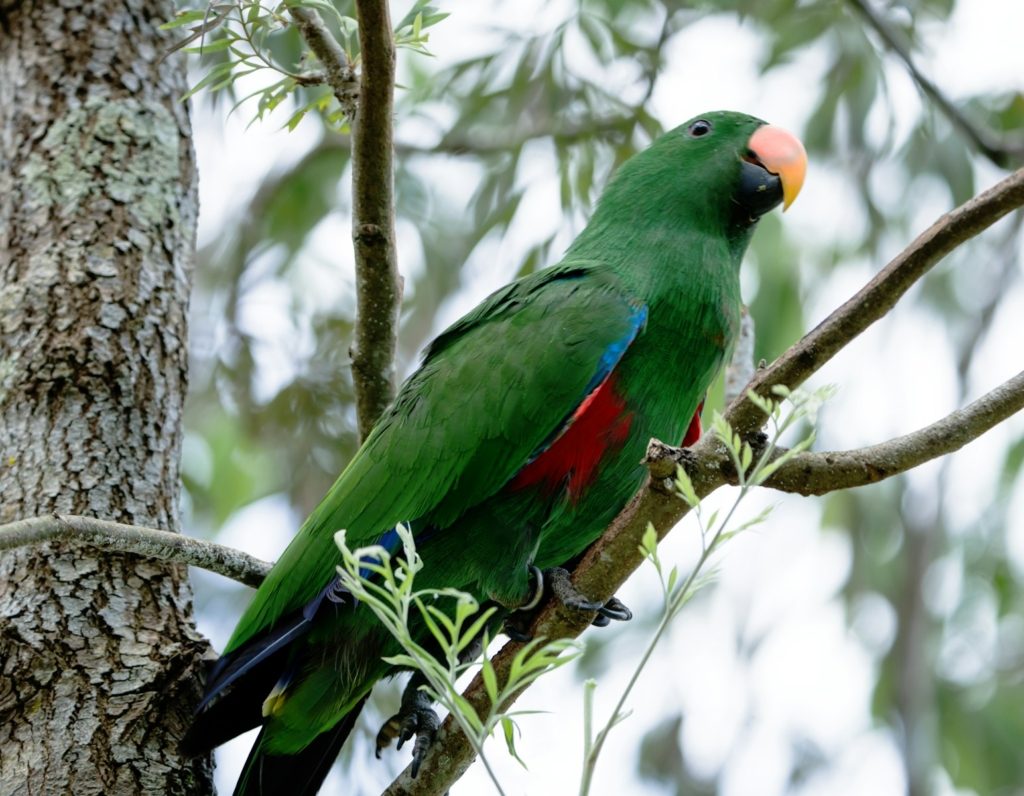
Exploring Peru: 14 parrot species in their natural habitat
Dr. Stephanie Lamb’s trip to Peru was like stepping into a real-life bird encyclopedia. Imagine seeing 14 different parrot species in the wild! That’s not something you see every day. These parrots aren’t just colorful and loud; they’re fascinating creatures with so much to teach us.
One of the species Dr. Lamb observed is the Blue-headed Parrot. This parrot is known for its striking blue head and green body. They’re often seen in flocks, feeding on fruits and seeds. Observing them in their natural habitat gives us clues about what they need to stay healthy in our homes.
Another interesting species is the Scarlet Macaw. These large, red, yellow, and blue birds are often considered the poster birds for the Amazon rainforest. They form strong bonds with their mates and are known for their loud calls. Watching them can help us understand the social needs of our pet macaws.
Here are some quick facts about the parrots Dr. Lamb saw in Peru:
| Parrot Species | Key Features |
| Blue-headed Parrot | Blue head, green body, social |
| Scarlet Macaw | Red, yellow, blue feathers, loud calls |
| Red-bellied Macaw | Green with red belly, fruit eater |
| Festive Amazon | Green with red wings, curious nature |
| Painted Parakeet | Small, multicolored, loves to perch |
Learning about these parrots in the wild shows us the importance of space, social interaction, and diet. Parrots in the wild fly long distances and interact with many other birds. They also eat a variety of foods, which keeps them healthy. By knowing this, we can try to mimic these conditions at home to keep our pet parrots happy.
Dr. Lamb’s observations provide valuable insights. For example, many parrots in the wild spend a lot of time foraging for food. This means they are busy and mentally stimulated. If we provide foraging toys and activities for our pets, we can help keep them entertained and healthy.
The webinar is a chance to see these beautiful birds through Dr. Lamb’s eyes. With her stories and pictures, you’ll almost feel like you’re in Peru too!
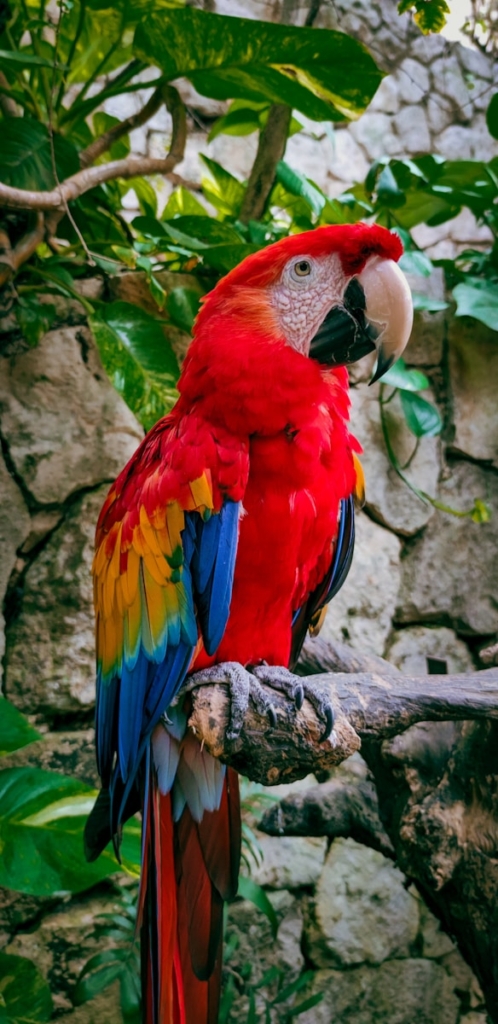
Connecting wild behavior to pet care: insights and applications
Now that we know about these amazing parrot species and their natural habitats, let’s see how we can apply these insights to caring for our pet birds.
In the wild, parrots spend a lot of time searching for food. Foraging isn’t just about eating – it’s also mental exercise. To keep your pet parrot engaged, you can use foraging toys. These toys hide food inside, encouraging your bird to think and work to get their treat. This keeps them busy and prevents boredom.

Another thing to consider is diet. In Peru, parrots eat a variety of fruits, seeds, and nuts. Offering your pet bird a diverse diet can mimic their natural eating habits. Try fresh fruits and vegetables, and special bird pellets to ensure they get all the nutrients they need. Avoid feeding your bird a single type of food, as this can lead to nutritional deficiencies.
Space is also important. Wild parrots fly and move around a lot. While we can’t give our pets the entire Amazon rainforest, we can provide them with a spacious cage and time outside the cage in a safe, bird-proofed room. This gives them the freedom to stretch their wings and explore.
Parrots are social creatures. In Peru, many species live in flocks. At home, your parrot needs social interaction too. Spend quality time with your bird daily. Talk to them, play with them, and let them be part of family activities. Some parrots even enjoy learning tricks or mimicking sounds, which can be a fun way to bond.
Understanding their behavior is crucial. For instance, Scarlet Macaws in the wild are known for their loud calls. If your pet macaw is noisy, it might be a natural behavior. Instead of seeing it as a problem, provide other outlets for expression like toys or training.
Remember, each bird is unique. Pay attention to your parrot’s likes and dislikes. Some birds enjoy bathing regularly, while others might prefer perching on high spots. Observing their behavior and adjusting their environment can keep them content.
By connecting what we learn from wild parrots to how we care for our pet birds, we can create a healthier and happier life for them. Every small change, like adding a new toy or a different fruit, can make a big difference.
To learn more about how you can apply these insights to your bird care routine, join us for the webinar. Dr. Lamb will share more stories and tips that could transform how you care for your feathered friend. You won’t want to miss out!
Read more in the post at Webinar: Species Spotlight: Peruvian Parrots With Dr. Lamb – Pet Birds by Lafeber Co.
